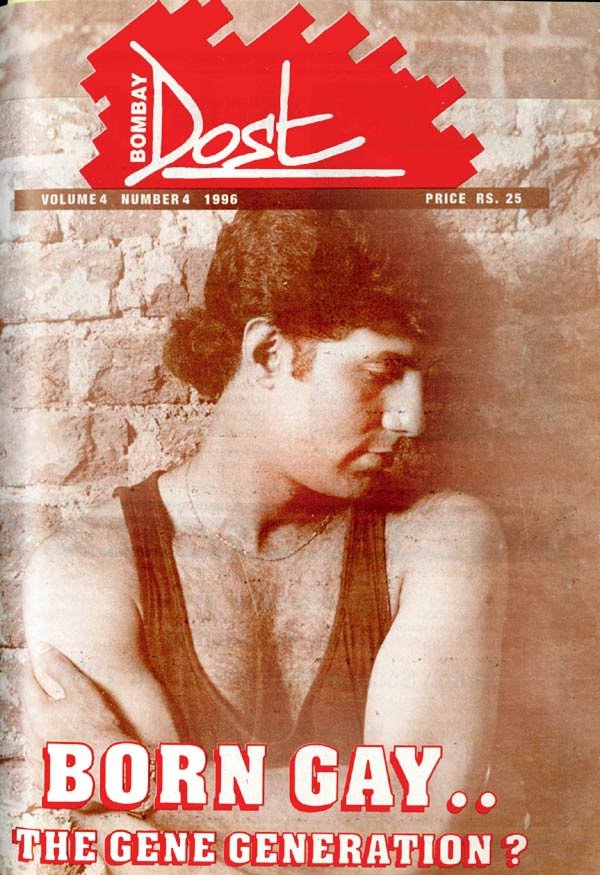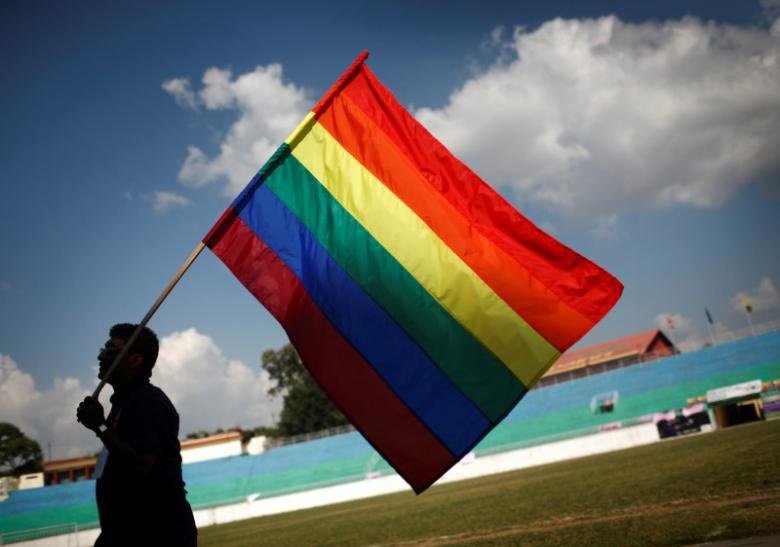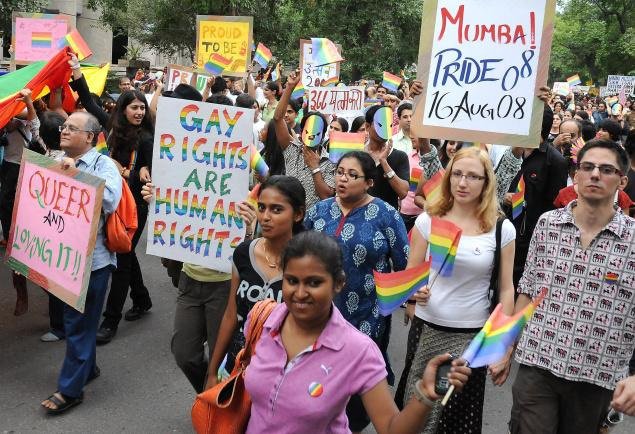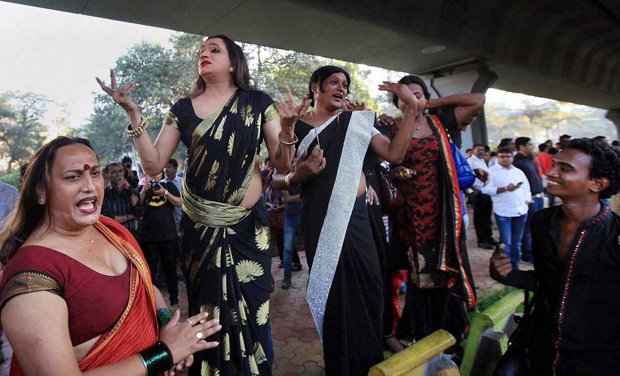In 1992 as a 17-year-old going on 18, my biggest fear was to walk into a decrepit office of the Veena Beena Shopping centre to pick up my first copy of Bombay Dost, India’s first registered LGBT magazine. This was before the advent of mobile phones and much before the advent of the internet and social media.

Being gay in the 90s was in no way an easy space to be for an 18-year-old. Being out as homosexual meant being harangued by friends, family and neighbours and probably ‘hanged’ in a metaphorical sense for moral turpitude. One of the biggest struggles at that time was to get over the guilt of being homosexual.
Some of the biggest questions were “Is this inborn?” or “Have I become one”. The biggest anxiety was “Will I have to hide this” or “Can I talk about this to anyone”. One of the biggest issues was: will this have any bearing on my ability, capability, career, aspirations or my ability to seek love and happiness?
Come 2016, as a 42-year-old , I reminisce the journey and am amused at my worried 18-year-old self.
Information overload, but sex education on a decline
Of course it’s easy to laugh at those fears now, but for a teen, those fears are as valid today as they were then. I still meet many 18-year-olds with the same questions and the same anxieties.
In that sense, have we changed? Maybe not. Have we advanced enough as a country from the 90s? I doubt.

In the 90s, sex education was an important part of school curricula and was given irrespective of being a boy and a girl. While issues of alternate sexuality were seldom discussed, the discussion around sexuality was still a part of liberal dialogue. Today’s youth unfortunately have little formal training on these issues, no thanks to the sex education bans in several states and schools. This only means delaying development and maturity on these issues for children with alternate sexuality and adding to the confusion.
Today’s youth have an information overload with the internet, social media and popular electronic media. But have perceptions changed since the 90s? I would say they have in some measure but it may vary.
Far more platforms, greater dialogue
For an average teen talking about alternate sexuality is far more easy and accessible than it was for me as an 18-year-old. There are school projects, college projects and social science projects on the LGBT community. The language and dialogue around alternate sexuality is far more prevalent than it was in the 90s.

There are Pride Marches in almost every state and every major city. Media portrayals are no more about gay men being effeminate or being laughing tracks in movies. Gay men are not the seedy opportunists who will seek any man who walks his way. While these gains seem to be have improved on the gay men’s fronts, would I say that these apply to the rest of the LGBT community. I don’t think so. Lesbian women are still a heterosexual man’s delight.
But are they visible, understood? I would say no. Bisexuals are the most misunderstood and ill-perceived, both within the LGBT community as well as in the mainstream. The transgender community still bears the brunt of its legacy and are accused of being child traffickers.
Some gains in terms of laws, a lot more needed still
In the recent years, the Transgender community has been the biggest gainer in terms of its rights discourse with the NALSA judgment and the Transgender Rights Bill. However the situation for them is so dismal that to bring them into mainstream would require rigorous and effective implementation of Government policy.

From a mainstream perspective, I see far more efforts to engage with the LGBT community than before. But again, I see a huge difference between cities and smaller towns. Just like the West, it’s far easy to live out your life and your alternate sexuality in a city. Cities offer you a community space and a support system that smaller towns do not.
We have seen the battles around section 377, we have seen the ups and downs at the Delhi High Court 2009 verdict and Supreme Court Verdict 2013. We have seen a surge of mobilisation and community collectivisation from early 2000. One of the key drivers in this has been communications technology – the cell phone, the internet, FaceBook, Twitter, the blogging sites and of course the gay-dating sites and mobile applications. As India grows, stories of marginalised communities get out there, people are getting more aware than before. While there is growing acceptance from liberal quarters there is also back-lash from right wing blocks.
The best part, we are too big to go back now
If the one thing that has changed from the 90s, we are out of the closet as LGBT and we are too big now to go back. People understand that sexuality is an inherent part of our psyche and is as natural to our personalities as our left or right handedness. Corporates have woken up the reality of a productive workforce and have started ‘Diversity and Inclusion’ initiatives that promote the integration of LGBT workforce in their midst. Fear of being outed and being discriminated at work places has reduced. There are many more college kids who are out to their friends and they are accepted and loved as friends.
Social change is slow but it happens, perceptions change too.
Finally, we are Queer, we are here and we are no longer allowing anyone to marginalise us. We are productive, contributing members of this Indian economy and we will demand for constitutional privileges that disallow any form of discrimination or hate speech.

















